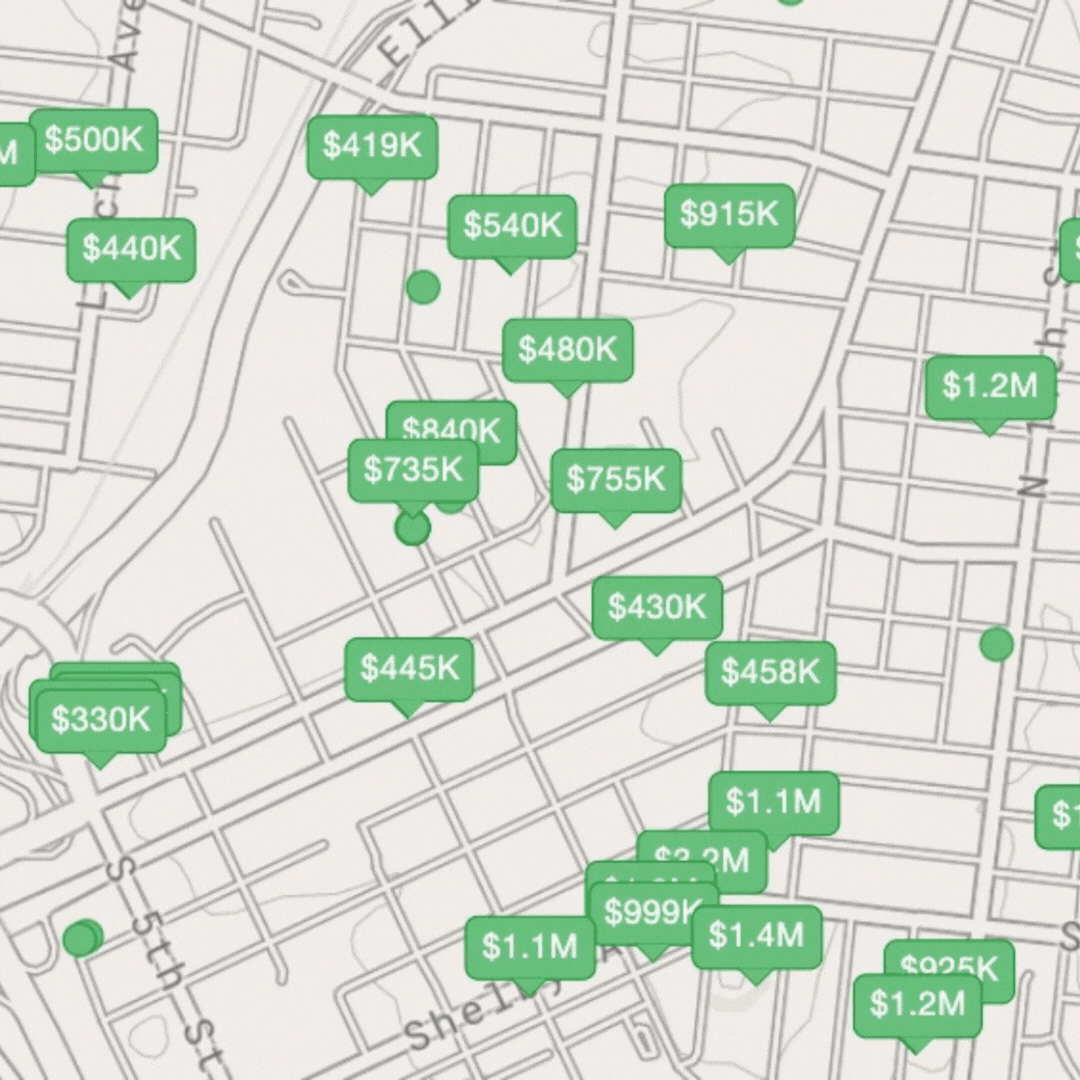If you are planning to enter the home buying process in Nashville, TN soon, beware. New Good Faith Estimate lending requirements are slowing the process and making is a bit more confusing. Check out this article from the Boston Globe.
By Adrian Sainz, Associated Press | April 23, 2010
For anyone buying a home, beware: There could be some kinks with the paperwork.
In January, the Department of Housing and Urban Development rolled out sweeping changes to the Good Faith Estimate, a key consumer protection document. The real estate industry has four months to change over to the new form; questions and complaints are widespread.
“Borrowers are looking at this form and saying, ‘This doesn’t make any sense for us, why can’t we have something that’s more simple?’ ’’ said Pava Leyrer, president of Heritage National Mortgage in Grandville, Mich.
When a home buyer applies for a loan, the lender is required to provide a Good Faith Estimate. It breaks down the costs, such as taxes, the interest rate, and appraisal and recording fees. The goal is to eliminate kickbacks and referral fees. Consumers have complained for years about hidden fees in home-buying transactions. The new form is also designed to make lenders and brokers more accountable for mistakes or misstatements. The form was expanded from one page to three.
New disclosures include the loan term, initial interest rate, prepayment penalties and balloon payments, and initial escrow deposit.
HUD says consumers can more easily compare lenders as they shop for a mortgage. But the form is just one document in a thick stack. “The [good faith estimate] is not an all-purpose document,’’ said HUD’s Vicki Bott. The form is not intended to be “the comprehensive, cash-to-close document.’’
Brokers and title companies have struggled to understand the form and explain it to clients. Deals have been delayed. Big banks have spent millions to change their computer systems. And lenders have created forms of their own to better explain exactly what is reflected in the estimate.
A main issue for lenders is knowing which fees belong in which block. Each block has, in government-speak, a level of “tolerance,’’ or the maximum amount by which a charge can exceed an estimate. For example, lender origination charges can’t increase. But costs of services that borrowers can shop for themselves, like homeowner’s insurance, can change by any amount. If a charge is too high, compared with the estimate, a lender may have to pay the difference. Violations rules can bring civil or criminal penalties.
Consumers and mortgage professionals say the form isn’t practical, though. For example, some borrower costs that once were itemized are now bundled together, leading consumers to question the origin of each charge.
Also, HUD requires that some seller-paid costs, such as title insurance charges, be included on the form, resulting in estimates that are thousands of dollars higher than what borrowers would actually pay at closing. And borrowers are not told their total monthly payment on the estimate, forcing them to refer to other documents and make their own calculations.”
Looking for a great lender in middle Tennessee? Check out these local recommended Nashville lenders. I’ve worked with, and endorse them all.


just testing my new Disqus comment plug-in…
just testing my new Disqus comment plug-in…